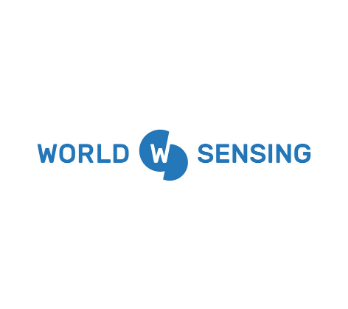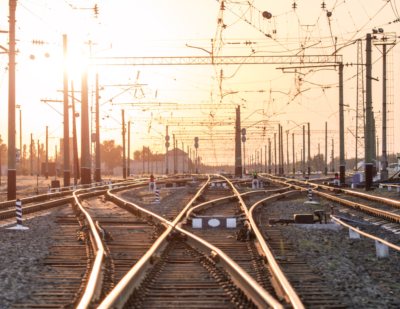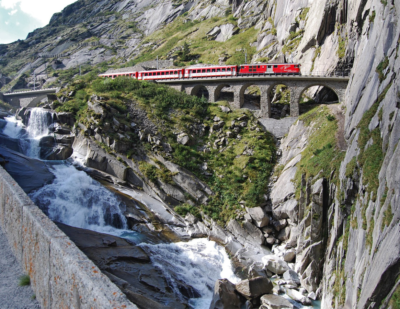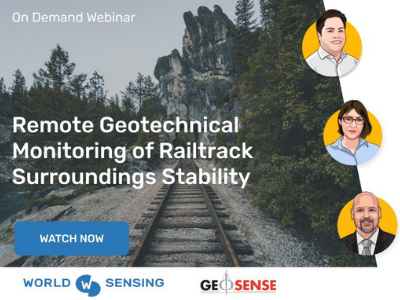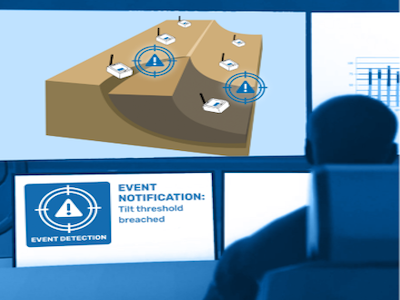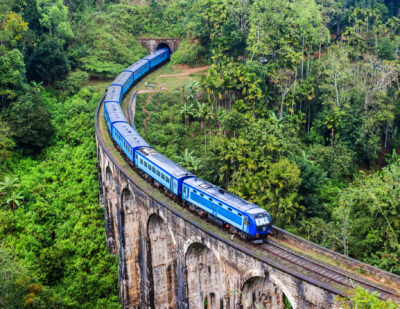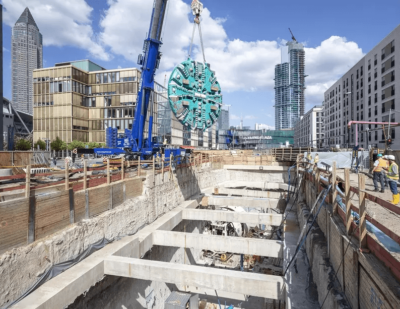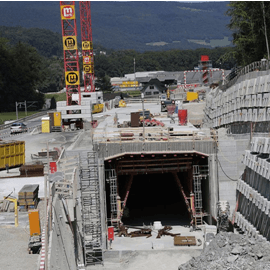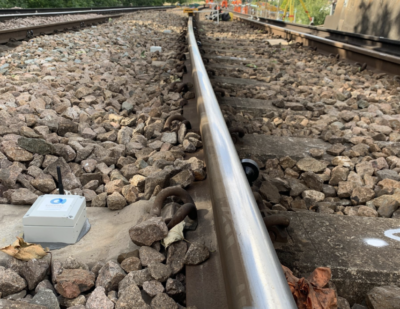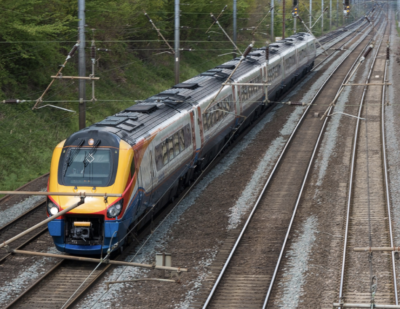Groundwater monitoring for the Fornebu metro line in Oslo, Norway
Challenge
The Fornebu Line, the largest transport project in Oslo in more than 20 years, is a planned metro line running westward from the city’s transport hub at Majorstuen to Fornebu, the site of Oslo’s old airport. Part of Norway’s latest national transport plan, the line will provide a link to an area that has since been redeveloped with large office complexes and housing projects. The metro transit system will eventually support plans to locate 20,000 new jobs and up to 11,000 new homes in Fornebu.
The project owner, Oslo Kommune Fornebubanen, needs to carry out geotechnical monitoring before, during and after the construction period, which could span more than 10 years. The project required a wireless system to gather data from sensors installed in and around a tunnel spanning approximately 8.3 kilometers. To capture and transmit accurate data over this wide area, the data loggers needed to be compatible with a range of sensor types. They also needed to have minimal manual maintenance requirements to keep operating costs down.
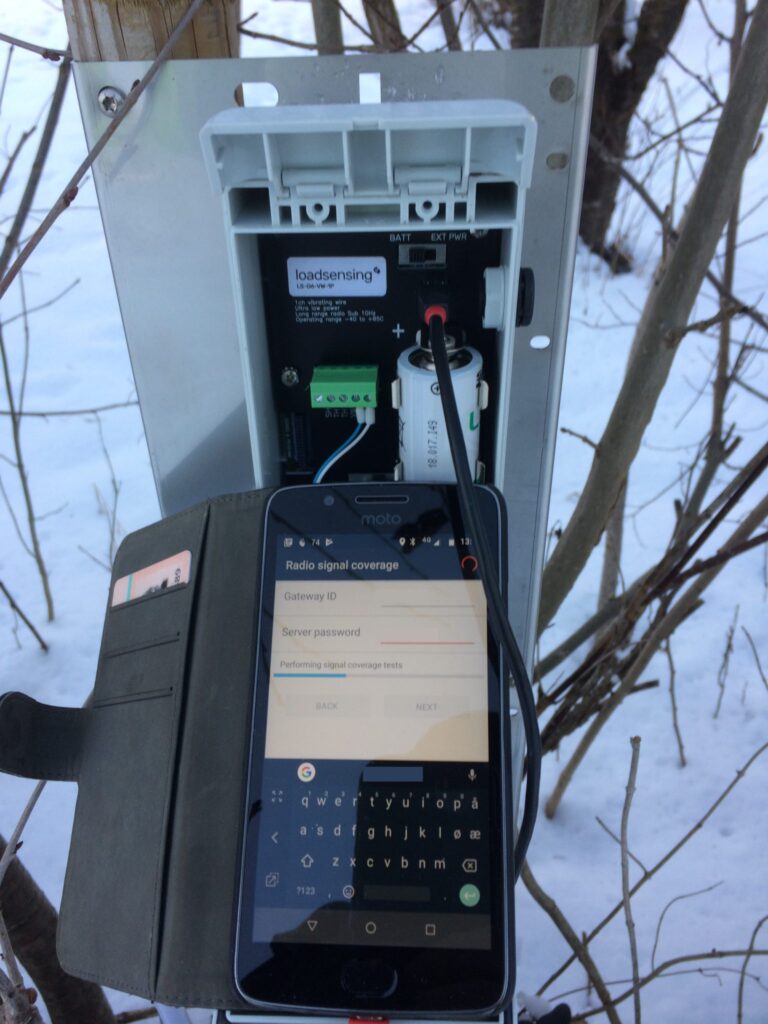
Solution
Before the start of construction, approximately 200 Loadsensing vibrating wire 1-channel polycarbonate and aluminium wireless data nodes were installed to collect and transmit data from sensors such as push-in piezometers from Geonor and embedment piezometers from other vendors.
As opposed to mobile network-based communication, Loadsensing uses LoRaWAN, a long-range, low-power wireless technology used by IoT networks worldwide. The system’s low-power components are only activated at predetermined times, allowing for a battery lifespan of up to eight years.
“We are very pleased with the Loadsensing system. Data loggers are available for most types of sensors and mounting and configuration are easy and fast. One has full control over the gateways via the Loadsensing data server and data transfer also works great. In addition, Worldsensing offers very good technical support.”
Benefits
Using Loadsensing nodes operated wirelessly through LoRa instead of GSM, Oslo Kommune Fornebubanen benefits from near-real time pore pressure and ground water level measurements. It also saves on the cost of manual maintenance. The system’s low-power data nodes are expected to last until 2029, three years beyond the scheduled completion of the project.
Advantages
- Reduced environmental impact from using smaller batteries with longer lifetimes compared to traditional systems based on GSM communication
- Cost effective, real-time, remote wireless monitoring of commonly used ground water level and pore pressure sensors
- Minimal maintenance for long-range, low-power wireless Loadsensing data nodes
About Geonor
Geonor AS, founded in 1957, has been a pioneer in the development of geotechnical field equipment, geotechnical laboratory equipment, and in particular geotechnical and meteorological instrumentation based on vibrating-wire technology. Key partners in this development have been the Norwegian Geotechnical Institute, the Public Roads Administration and the Norwegian Meteorological Institute. Geonor has proven solutions which are constantly developed by combining new sensors, wireless communications and internet-based solutions.
Download the Success Story here.
This article was originally published by Worldsensing.
